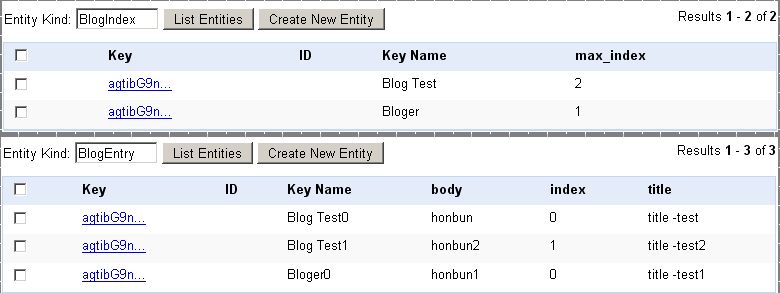日本語訳 http://d.hatena.ne.jp/technohippy/20080717#1216393318
memcache.add( key, value, time=xx, min_compress_len=0)
- time 設定した有効時間(単位秒)以後は再度、検索処理を行なう
- Optional expiration time, either relative number of seconds from current time (up to 1 month), or an absolute Unix epoch time. By default, items never expire, though items may be evicted due to memory pressure. Float values will be rounded up to the nearest whole second.
- set()
- set_multi()
- get()
- get_multi()
- delete()
- delete_multi()
- add()
- replace()
- incr()
- decr()
- flush_all()
- get_stats()
ex.
{'hits': 34, 'items': 5, 'bytes': 45587, 'oldest_item_age': 1800, 'misses': 21, 'byte_hits': 946479}


